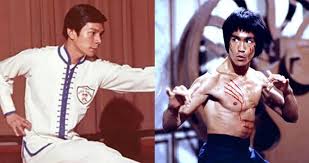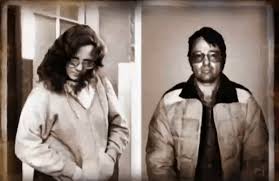Drag started as a way to fulfill female roles in plays and has now become a global phenomenon. Its history is a fascinating journey from theater practice to award-winning entertainment with international acclaim.
The Origins: Drag in Theater and Religion
Drag has deep roots in theater, beginning with Shakespearean times when only men could act in plays, including female roles. Male actors dressed as women, leading to the term “drag” from their dresses dragging across the floor. This tradition continued in religious performances too.
Vaudeville and the Birth of Drag Queens
In the early 20th century, vaudeville combined comedy, music, dance, and burlesque. Female impersonation became a key part of vaudeville. Julian Eltinge, the first famous drag queen, rose to fame and became the highest-paid actor, even surpassing Charlie Chaplin.
Drag and the Underground: The Pansy Craze
During Prohibition in the 1930s, gay men found refuge in underground clubs and speakeasies where drag became a form of self-expression. The popularity of these venues led to the “Pansy Craze.” Even after Prohibition, gay bars featuring drag thrived.
The Stonewall Riots and Drag as Activism
Facing criminalization and police crackdowns, the drag scene went underground. The Stonewall Inn riots in 1969 sparked the gay rights movement. Drag queen Flawless Sabrina broke barriers by organizing pageants and appearing in drag on talk shows.
Mainstream Influence: Drag in Society
In the 1970s, drag culture began to influence mainstream society through musicians like David Bowie and performances like Tim Curry’s in the Rocky Horror Picture Show. The 1980s saw further experimentation with drag from musicians like Boy George and Pete Burns.
RuPaul: Modernizing Drag
In the 1990s, RuPaul Charles became a key figure in drag culture with his hit single “Supermodel (You Better Work).” He was the first drag queen to represent a major cosmetics company. RuPaul’s Drag Race, premiering in 2009, brought drag into mainstream acceptance, gaining immense popularity.
Drag in the Modern Era: A Global Phenomenon
The internet has provided a platform for drag to reach a larger audience. RuPaul’s Drag Race has become a cultural phenomenon, expanding the reach of drag globally. Reflecting on the history of drag queens, we recognize the pioneers who paved the way for acceptance and self-expression, highlighting the importance of embracing diversity.





